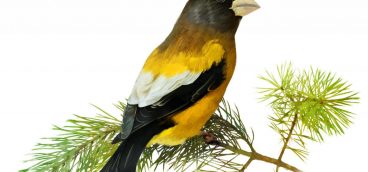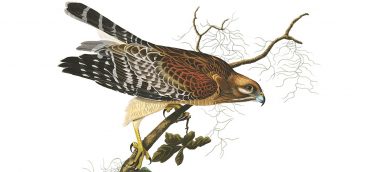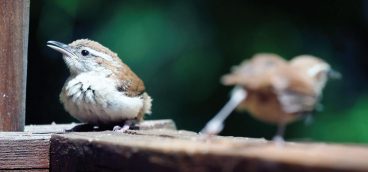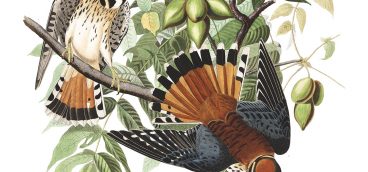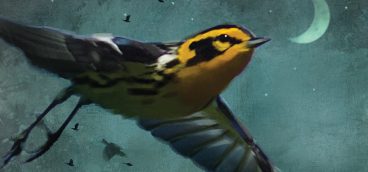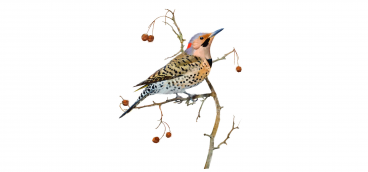A Couple of Rare Birds

Illustration: John J. Audubon
April 5, 2023
The couple walked briskly down the road, binoculars around their necks. Spring had come to western Pennsylvania and with it migratory birds, but they were only interested in one species, the cerulean warbler, and the check mark they could add to their life list once they saw it.
Bird watchers come in many varieties. At one extreme are listers, birders whose goal is to tally as many species as possible. At the other extreme are people like Ralph K. Bell.
Bell was a lifelong resident of Greene County and an extraordinary naturalist, farmer, and birder who passed away in 2014 at the age of 99. Bell was deeply rooted to place, in his case the Clarksville farm pastures and woodlands where he was born, raised, and grew old. Bell knew the inhabitants of his land and their intimacies in a way that was attentive, patient, and rare. He banded tens of thousands of birds in his lifetime, authored hundreds of articles about the natural world, and hosted eager acolytes every spring to walk his property where you could accompany him down Pollock Mill Road as it paralleled the south fork of Tenmile Creek. Looking across the creek brought the crowns of budding hardwoods to eye level, the perfect way to spot the cerulean warbler, which spends its days in the treetops.
When Bell heard the cerulean, the listers made a note and turned around to head back to their car and drive away. When Bell heard the warbler, he acknowledged a familiar neighbor. We stood looking across the creek at the bird, watching it forage high in an oak just leafing out, and we listened to its song, a buzzy three-part trill that announced to females that the male was strong and active. We watched and listened for a long time, absorbing that spring song and sky-blue plumage because we knew they were disappearing.
Cerulean warblers winter in the northern Andes from Venezuela to Peru. In spring, they wing their miniscule bodies — a third of an ounce — toward eastern North America and the wooded ridgetops and shaded riverways of places like Greene County, where they can be found in the highest density of any county statewide. That said, their numbers are few overall, and declining. Population estimates for Pennsylvania put their count somewhere between 20,000 to 30,000 individuals in breeding season, about 10 percent of the species’ entire nesting population. (For comparison, invasive House Sparrows number some million-and-a-half birds.) Forest fragmentation, nest parasitism, and habitat simplification and loss pushes their numbers lower each year.
The cerulean was beautiful, the kind of rare bird that made the day memorable. But even more memorable was Bell’s knowledge of the land. He knew how to slow down, listen, and watch. He knew the comings and goings of his feathered neighbors. He was as much of that place as the cerulean, a role model for what it means to settle into nature.
Email your avian encounters, photos, or questions to PQonthewing@gmail.com.
David Liebmann is an educator who has birded throughout the nation.


